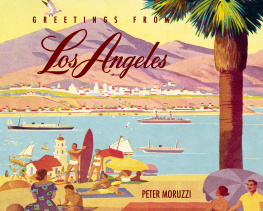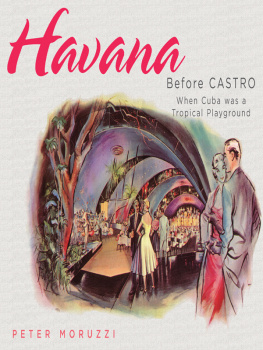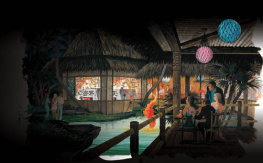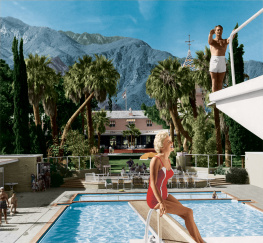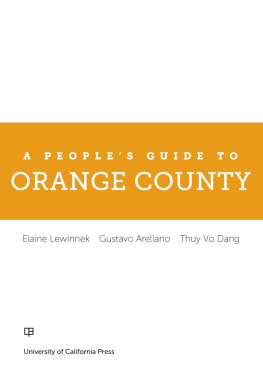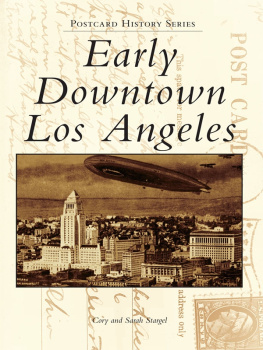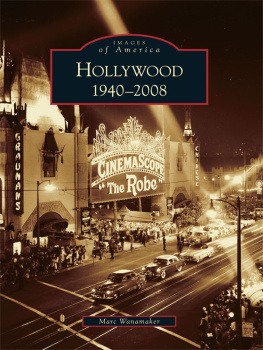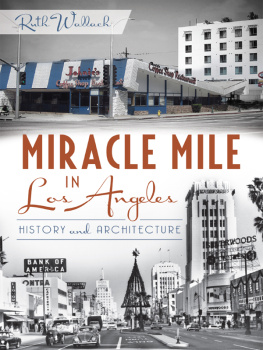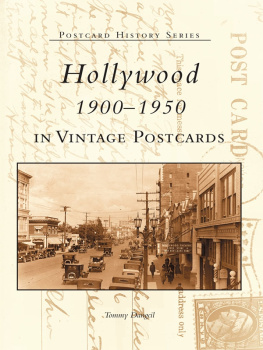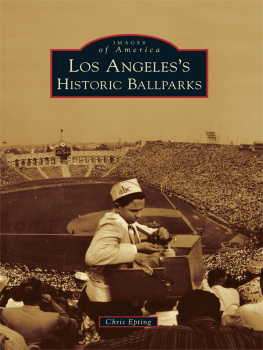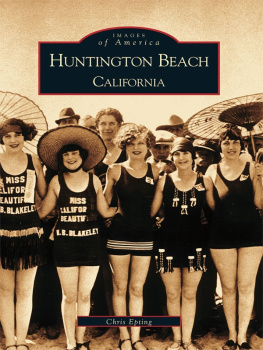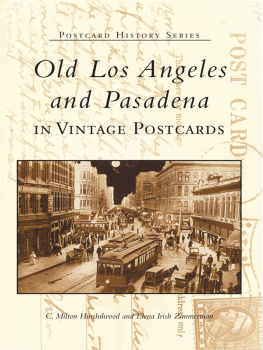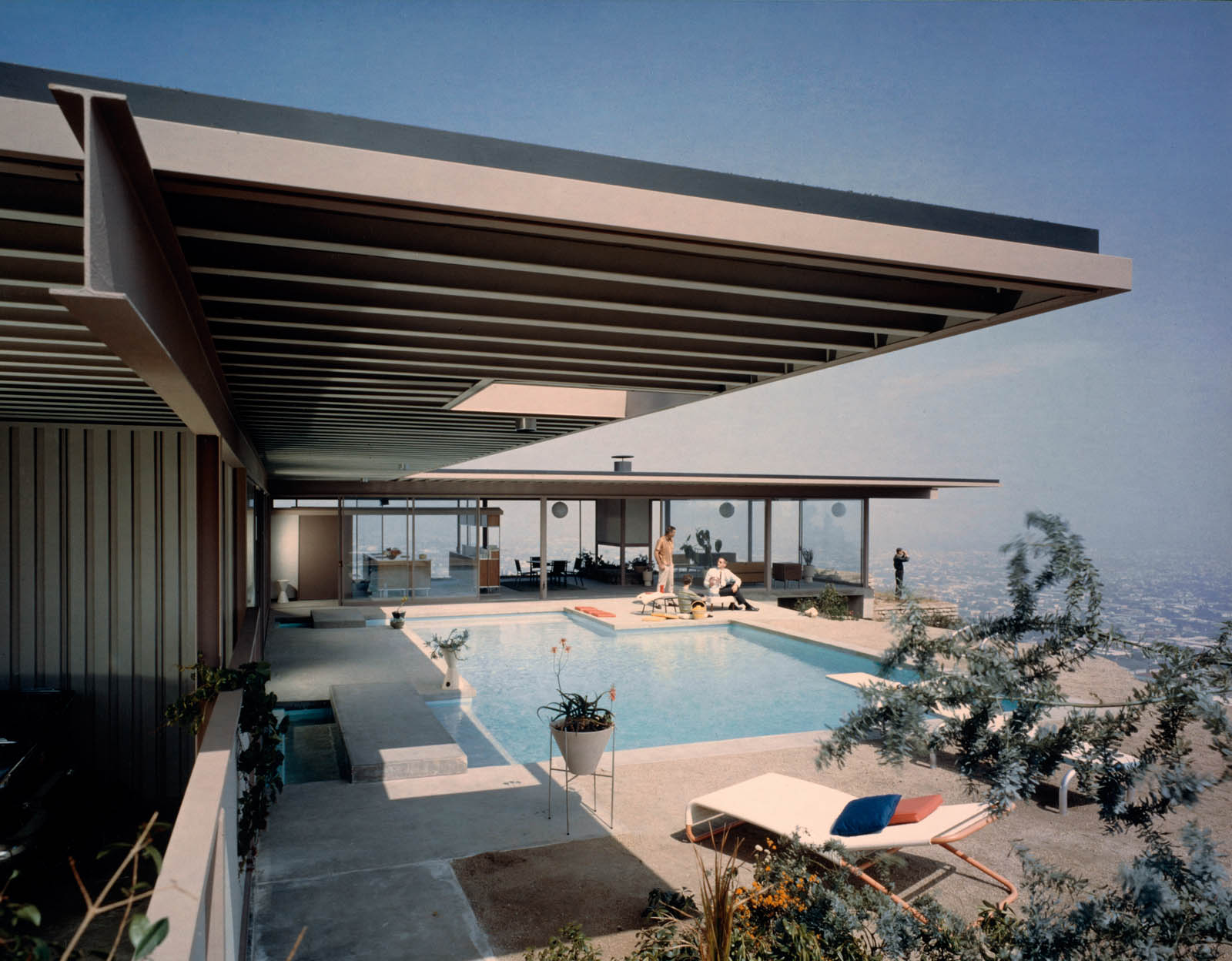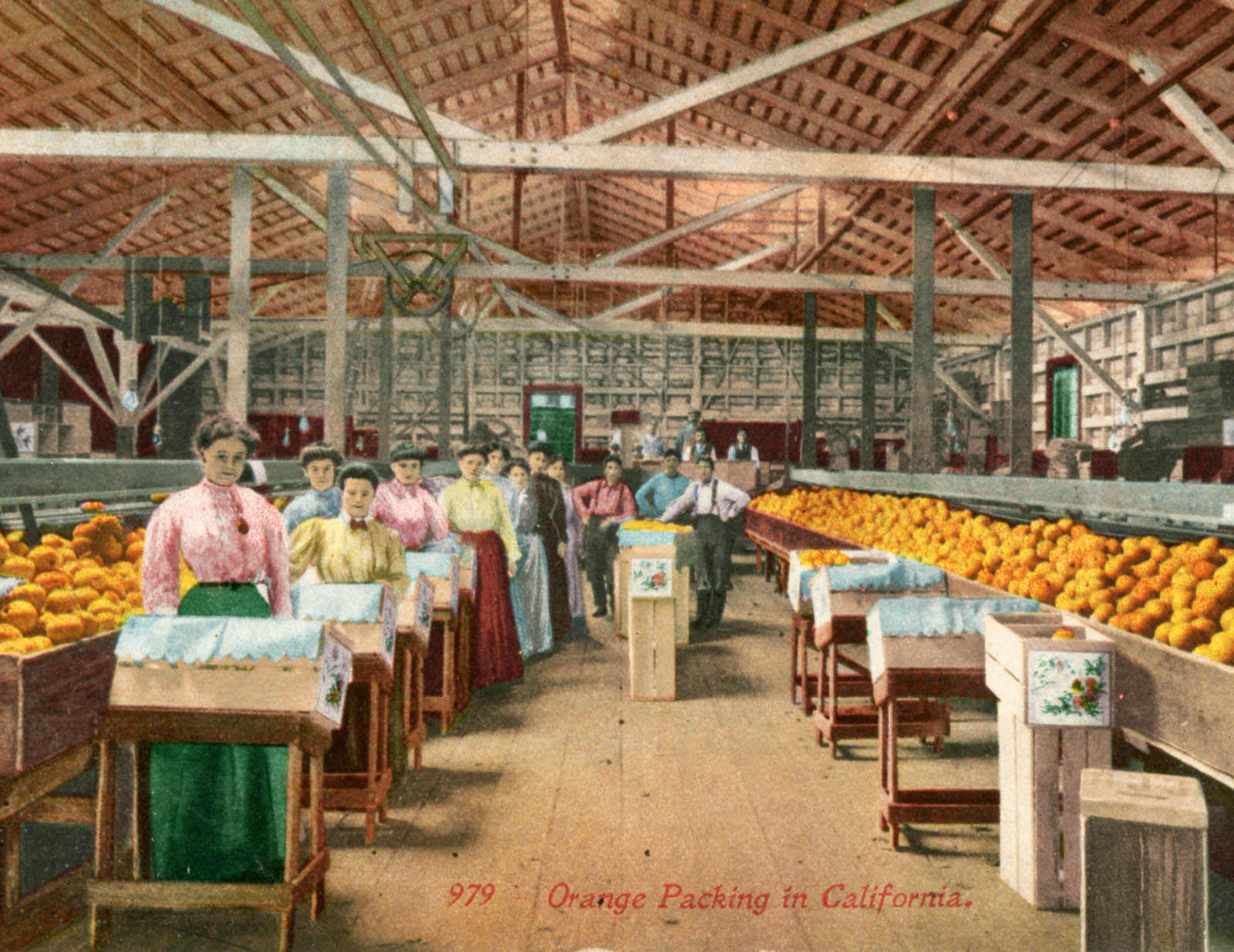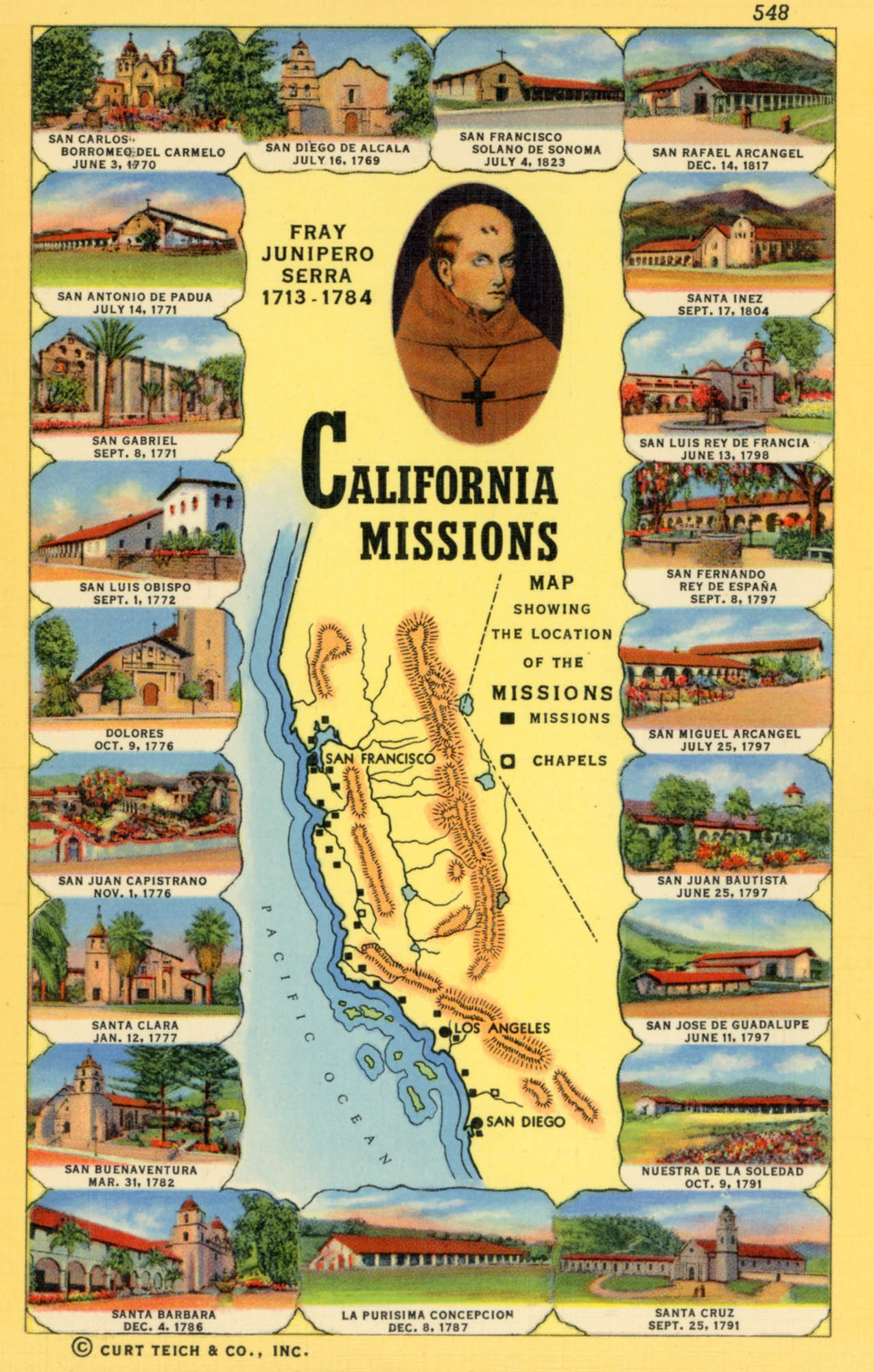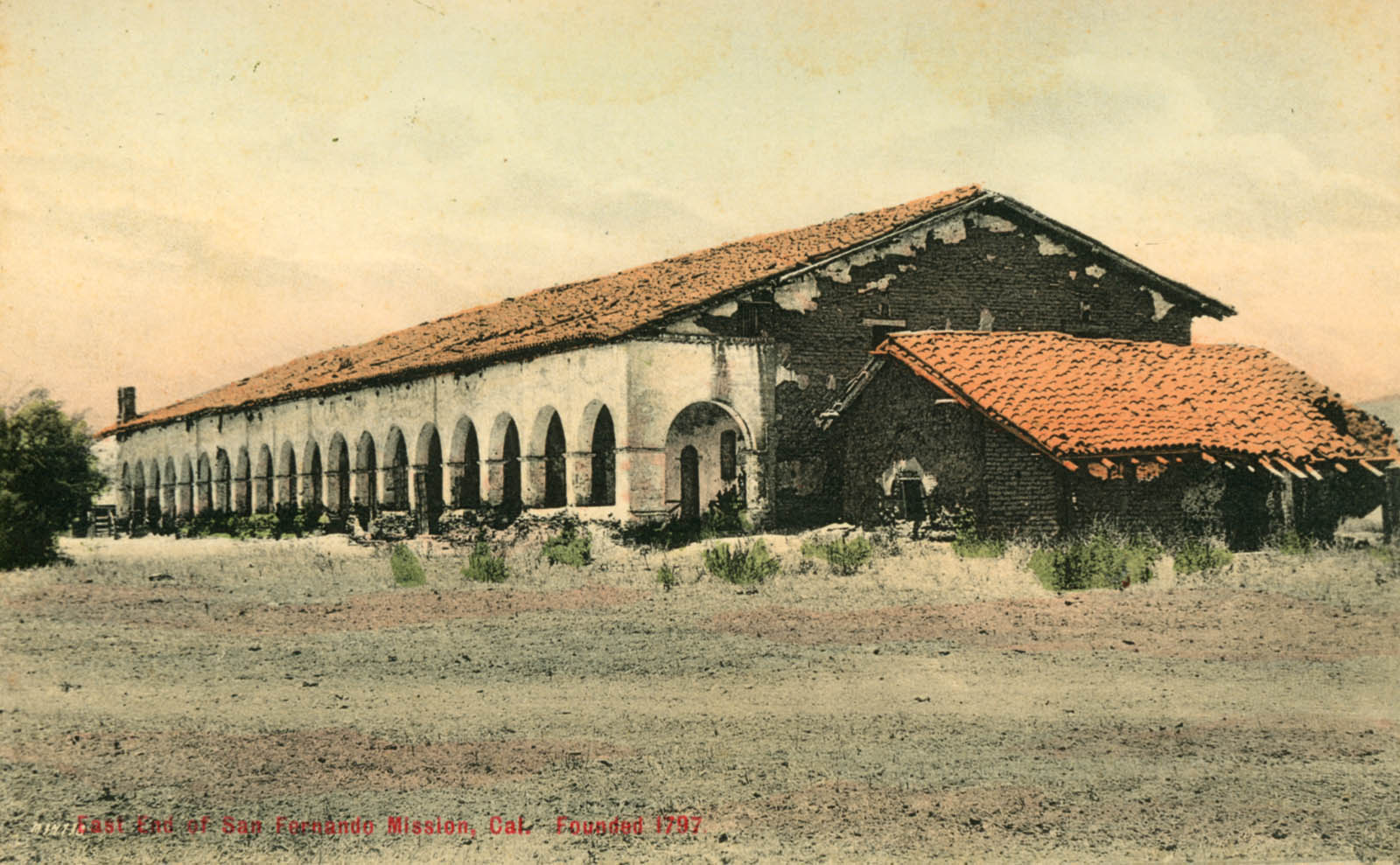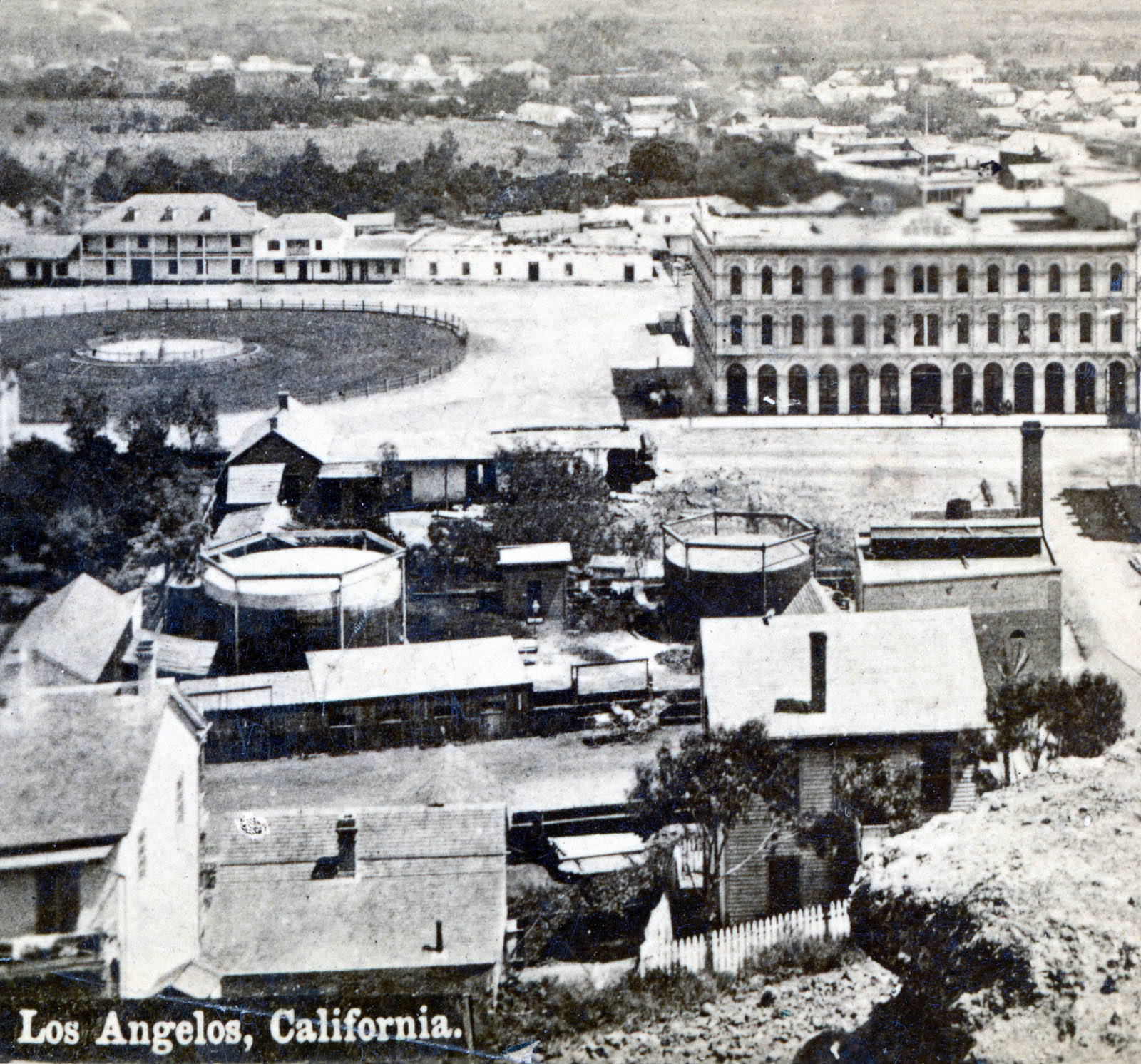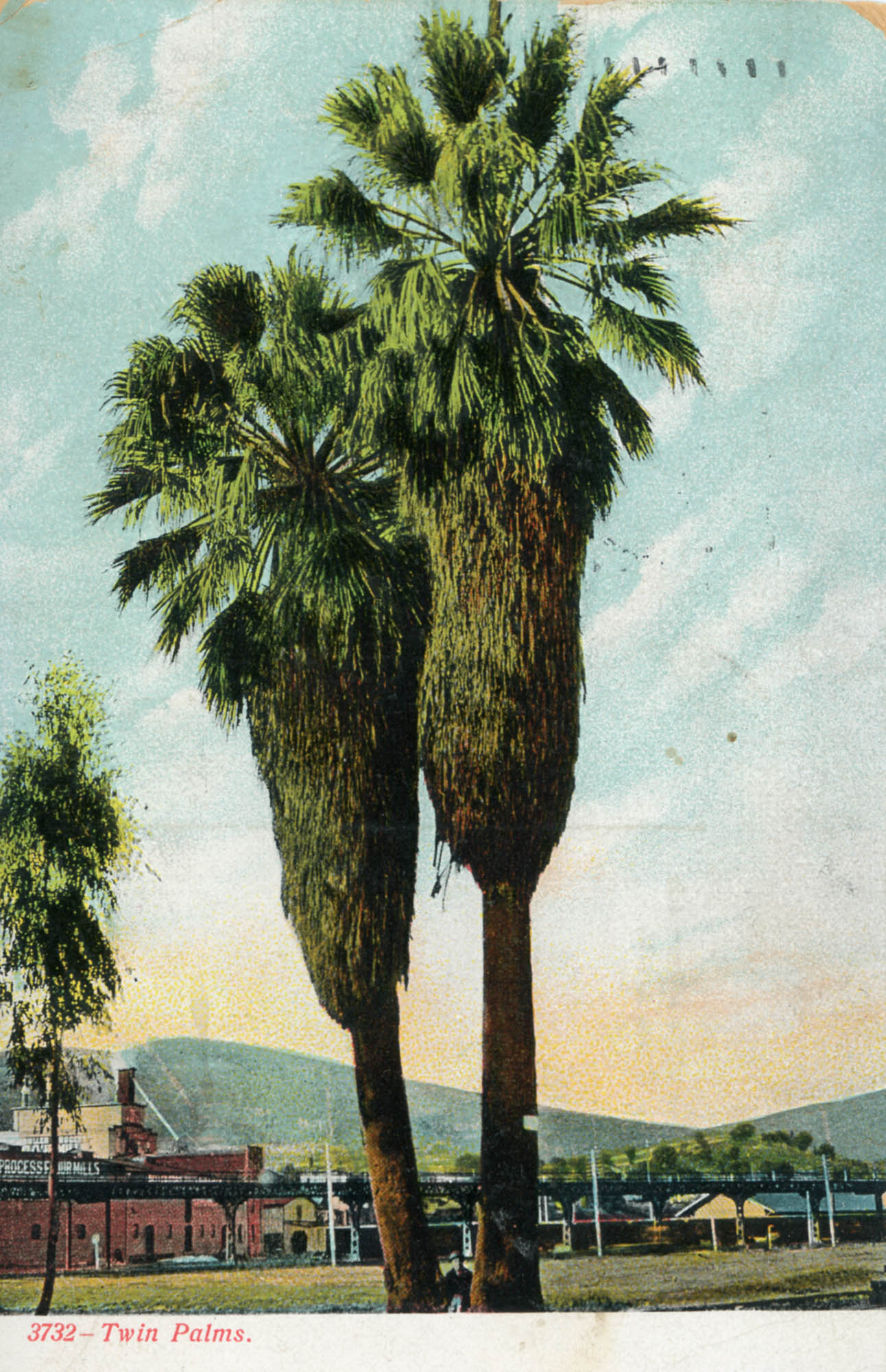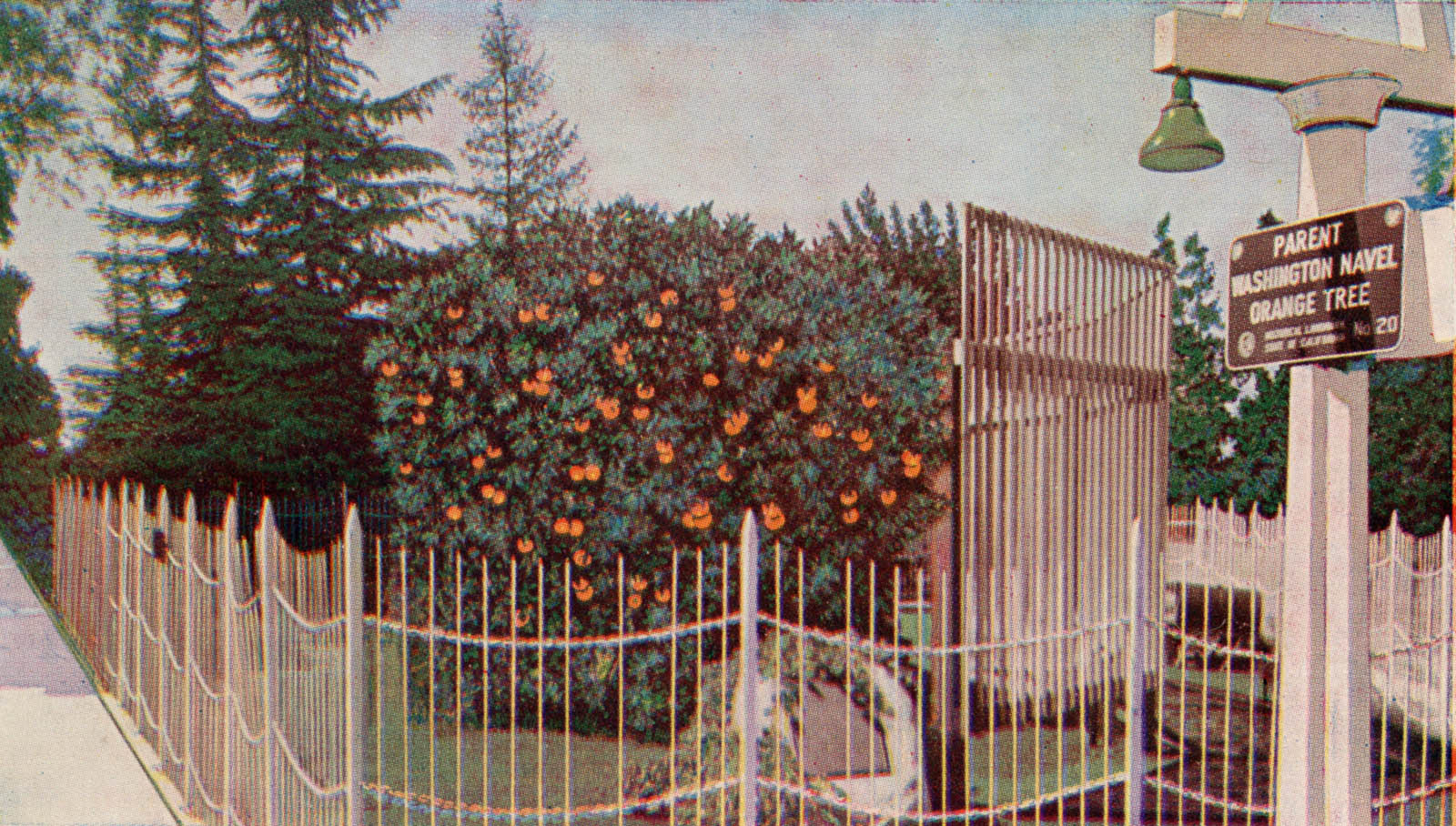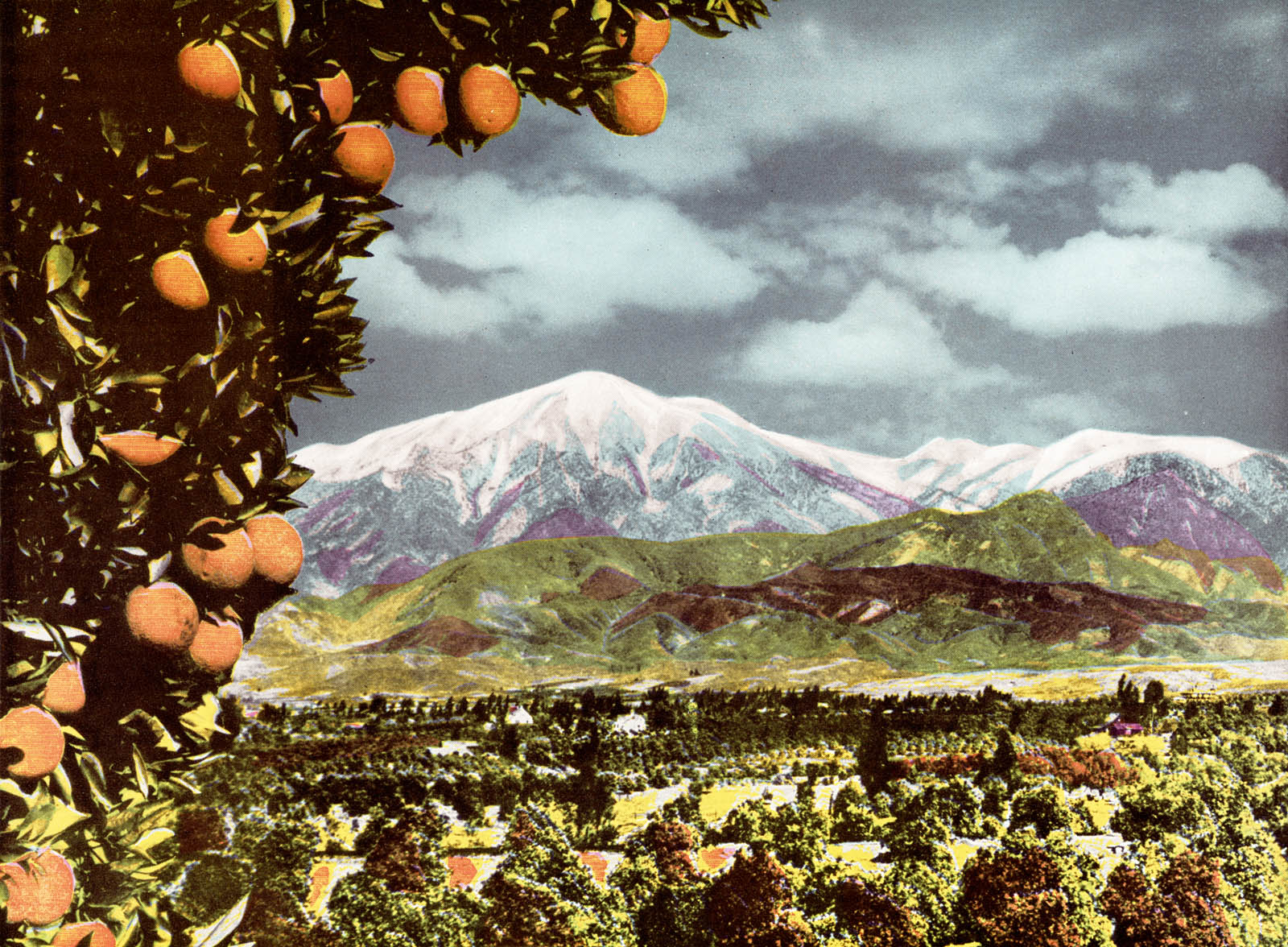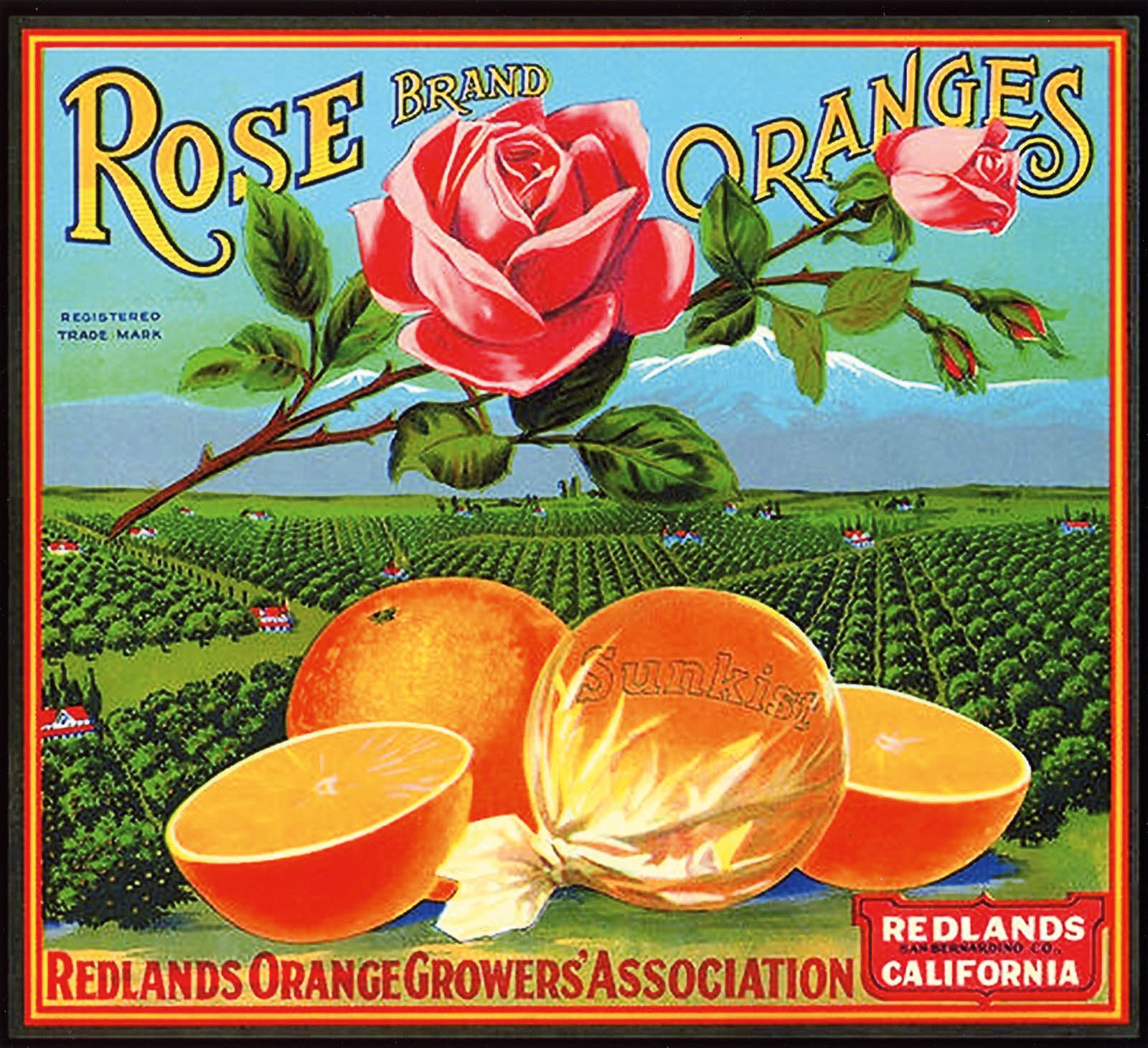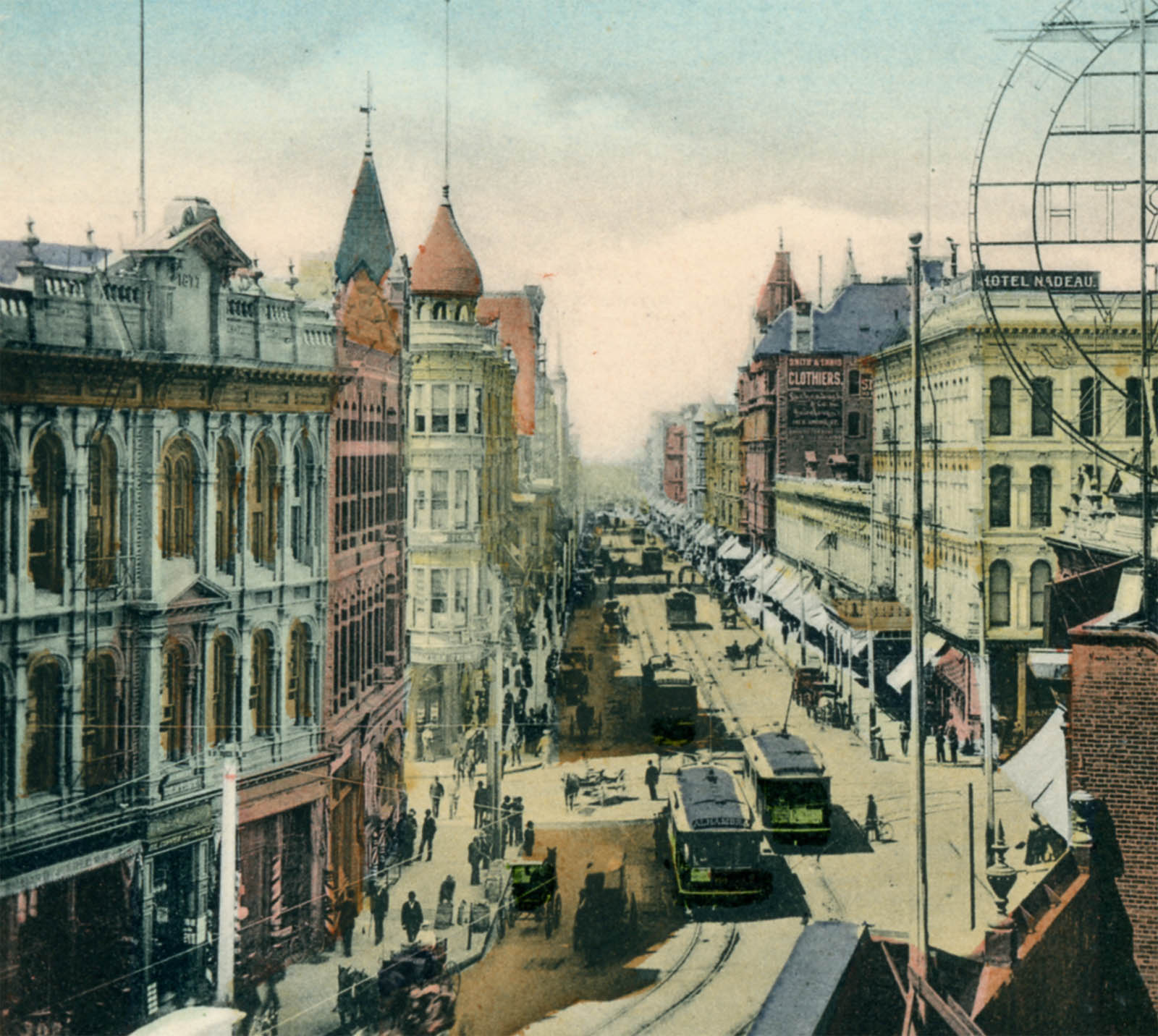Peter Moruzzi - Greetings from Los Angeles
Here you can read online Peter Moruzzi - Greetings from Los Angeles full text of the book (entire story) in english for free. Download pdf and epub, get meaning, cover and reviews about this ebook. year: 2017, publisher: Gibbs Smith, genre: Non-fiction. Description of the work, (preface) as well as reviews are available. Best literature library LitArk.com created for fans of good reading and offers a wide selection of genres:
Romance novel
Science fiction
Adventure
Detective
Science
History
Home and family
Prose
Art
Politics
Computer
Non-fiction
Religion
Business
Children
Humor
Choose a favorite category and find really read worthwhile books. Enjoy immersion in the world of imagination, feel the emotions of the characters or learn something new for yourself, make an fascinating discovery.
- Book:Greetings from Los Angeles
- Author:
- Publisher:Gibbs Smith
- Genre:
- Year:2017
- Rating:5 / 5
- Favourites:Add to favourites
- Your mark:
Greetings from Los Angeles: summary, description and annotation
We offer to read an annotation, description, summary or preface (depends on what the author of the book "Greetings from Los Angeles" wrote himself). If you haven't found the necessary information about the book — write in the comments, we will try to find it.
A fascinating tour of Los Angeles told through vintage images. The City of Angels story is told through a fun and colorful collection of old photos, picture postcards, brochures, ads, and other vintage ephemera, accompanied by author Peter Moruzzis candid and insightful commentary. Featured are rare glimpses of the citys early years as a dusty pueblo; Chinatowns evolution; the miraculous orange empire; backyard oil wells; Venice of America; the roaring 1920s and corrupt 1930s; colorful evangelists; glamorous Wilshire Boulevard; fabulous nightclubs; movie studios and lavish stars estates; and theme parks such as Disneyland, Knotts Berry Farm, and Marineland of the Pacific. Witness the birth of midcentury modernism, futuristic Googie coffee shops, and space-age LAX. Recall a postwar suburban paradise of drive-ins, bowling palaces, beach parties, Dodgers baseball, hot-rod culture, and mushrooming tract developments. California natives, newcomers, and vistors alike will discover a largely forgotten history of Los Angeles, much of it lost to progress, as chronicled from the late 1800s through the midtwentieth century.Peter Moruzzi graduated from the University of California at Berkeley and later attended the American Film Institute in Los Angeles. In 1999, he founded the Palm Springs Modern Committee (PS ModCom), an architectural preservation group. He is the author of Palm Springs Holiday, Palm Springs Paradise, and Havana Before Castro.
Peter Moruzzi: author's other books
Who wrote Greetings from Los Angeles? Find out the surname, the name of the author of the book and a list of all author's works by series.

